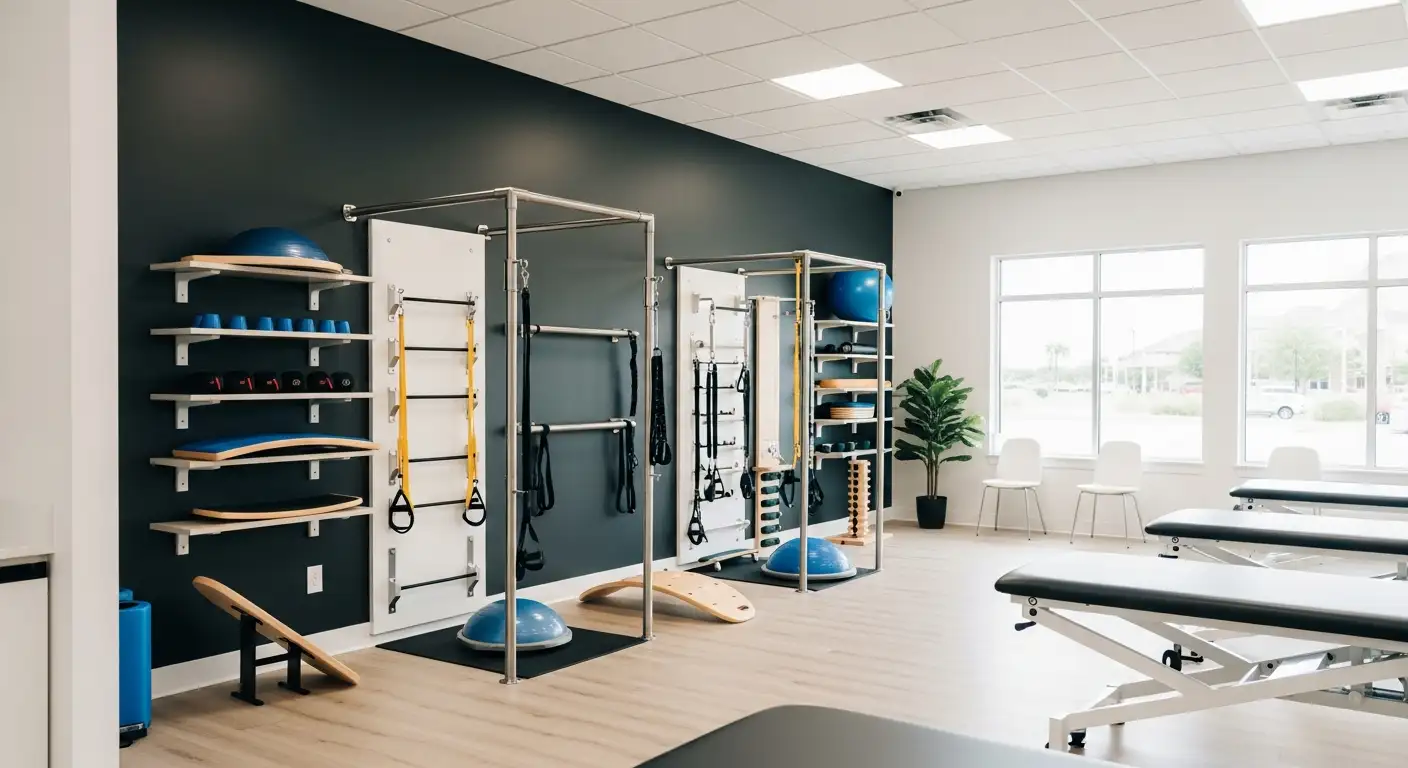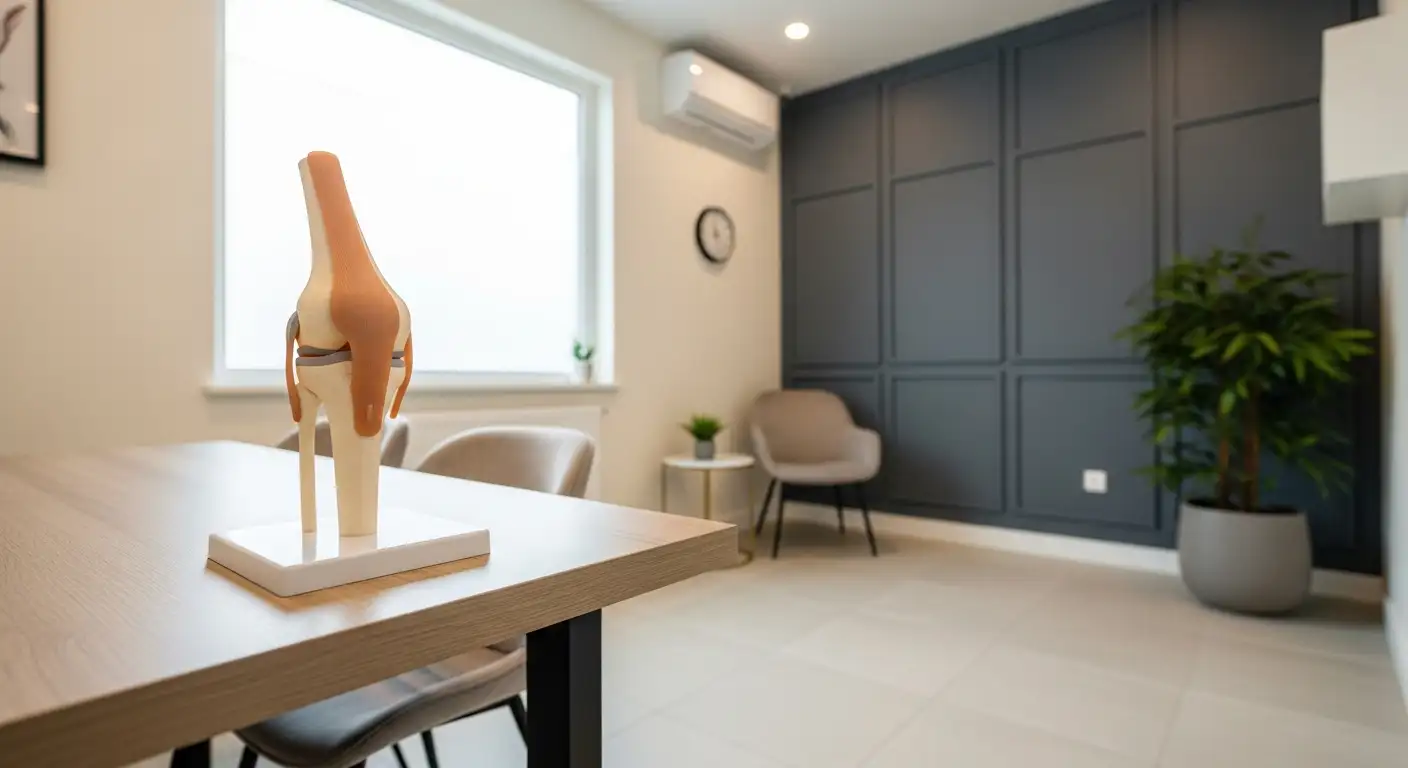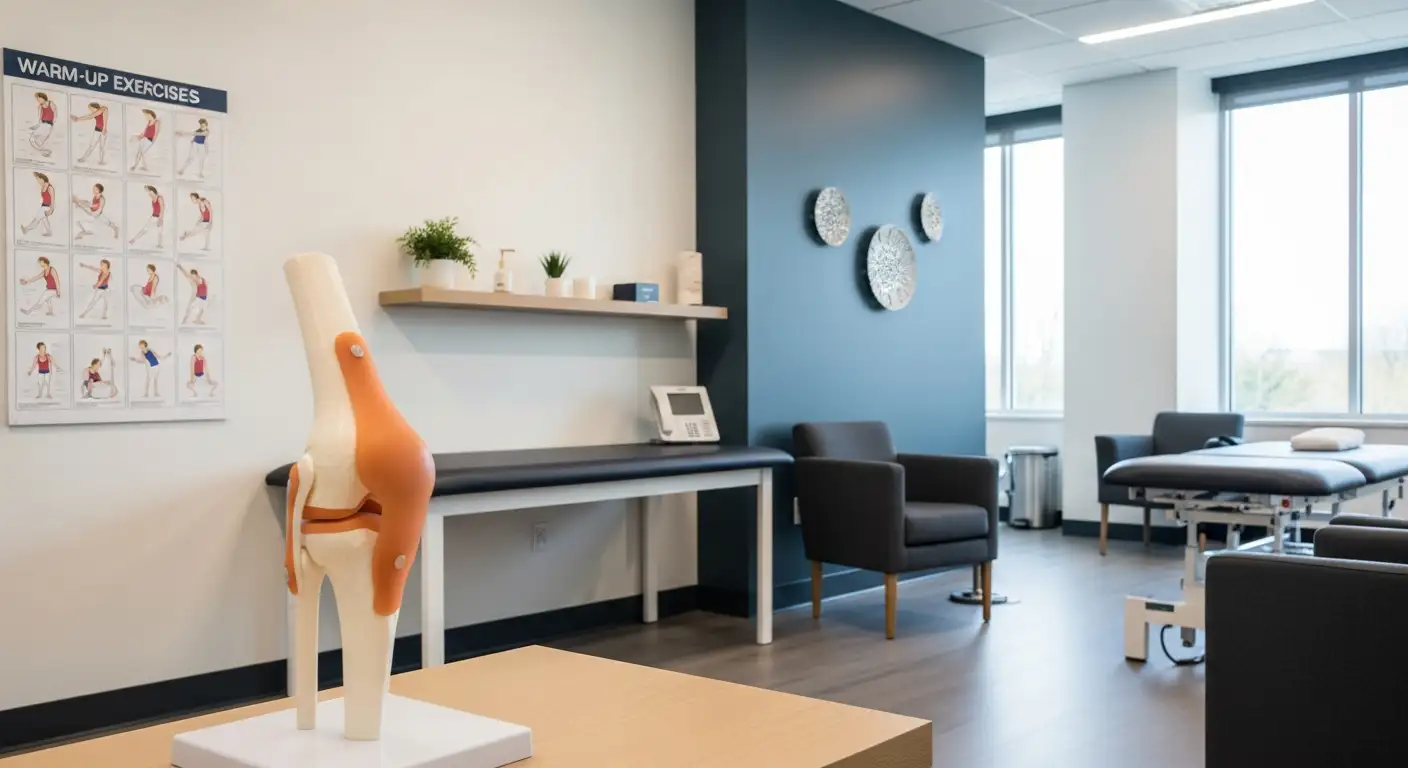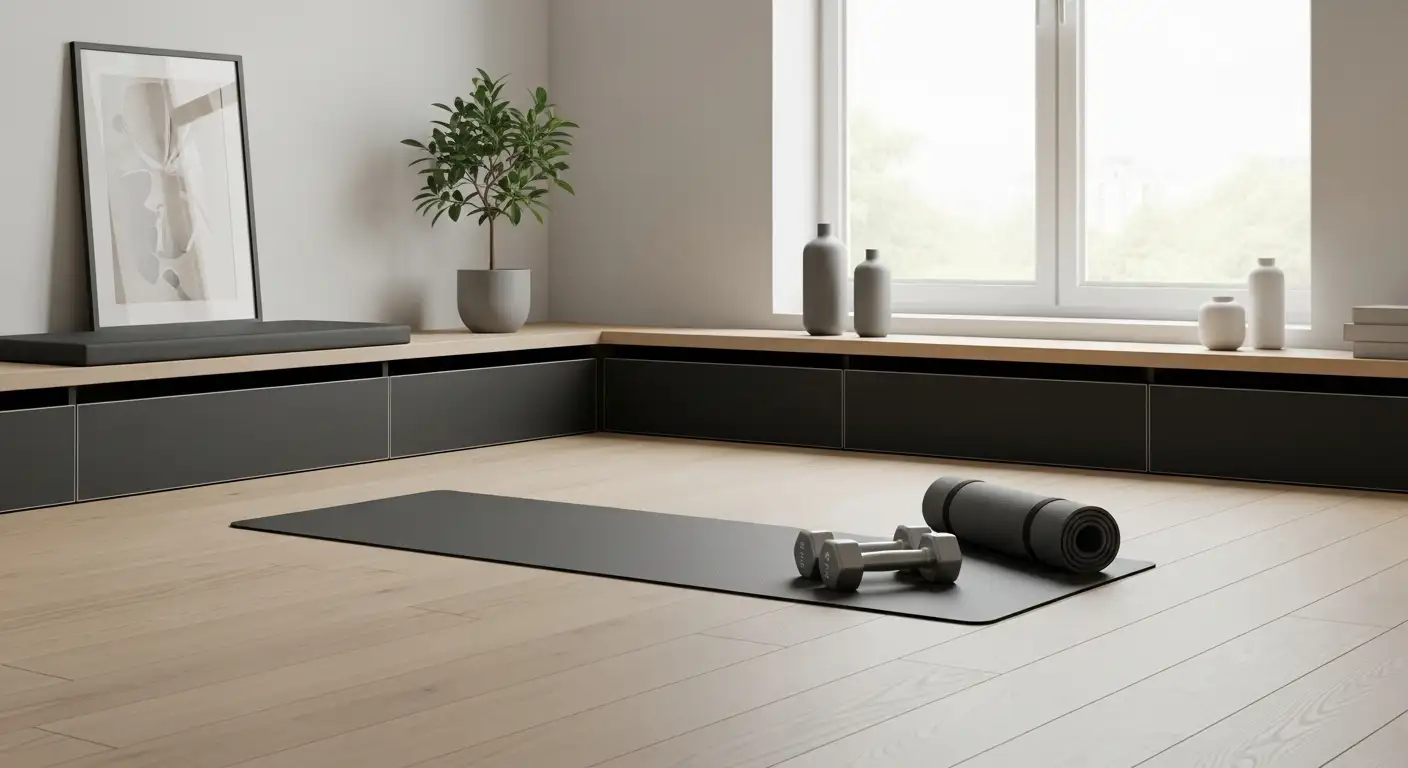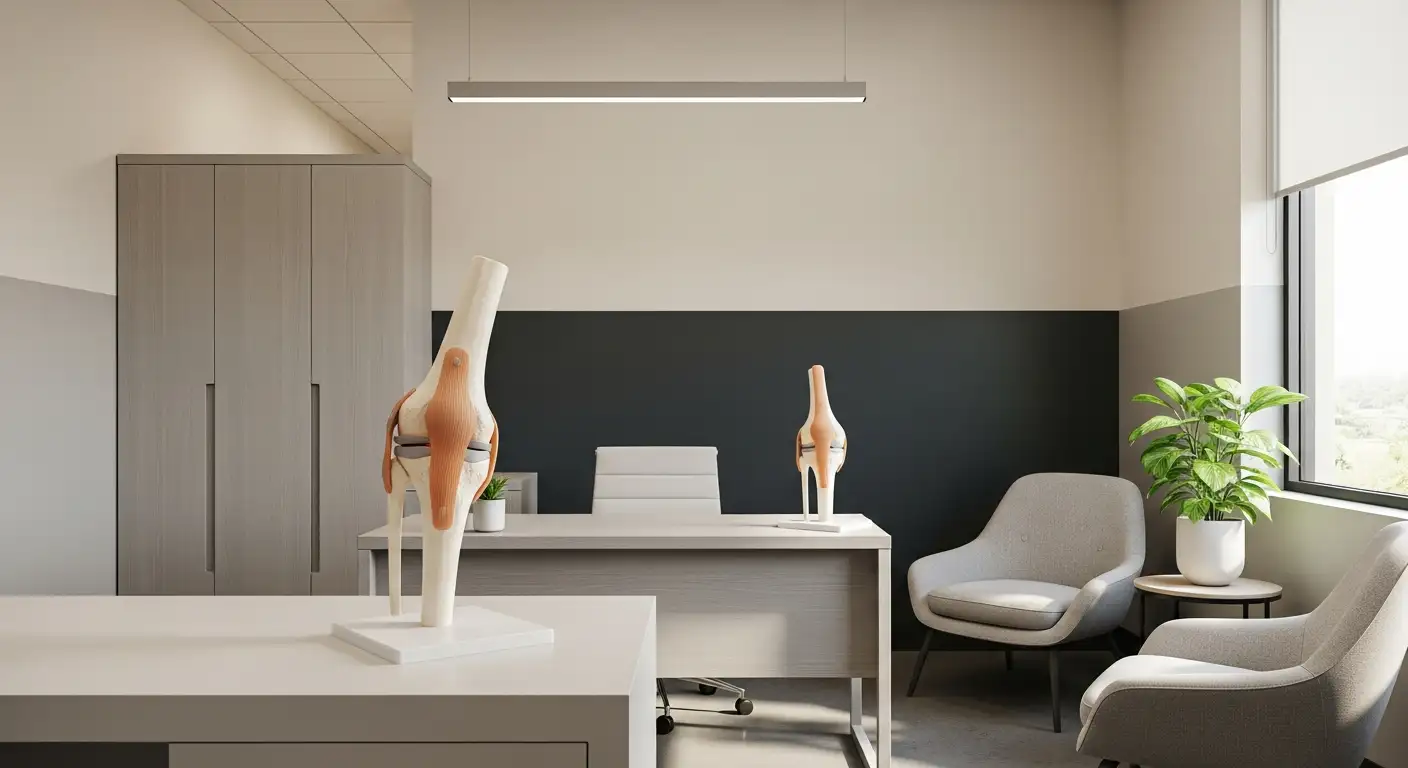Understanding Knee Dislocations
Knee dislocations occur when the bones of the knee joint become displaced from their normal alignment. This painful phenomenon can significantly impact mobility and quality of life.
Causes of Knee Dislocations
Several factors can lead to knee dislocations, including:
- Trauma: Severe injuries from accidents, sports, or falls can force the knee out of its normal position.
- Congenital Conditions: Conditions like patella alta, where the kneecap is positioned irregularly, can predispose individuals to dislocations. This condition is often linked to patellofemoral pain and instability.
- Lax Ligaments: Some individuals possess ligaments that are more flexible than average, making them prone to dislocations.
Acute dislocations often result from direct trauma, while chronic dislocations may occur over time due to underlying anatomical issues or habitual high-impact activities.
Types of Knee Dislocations
Knee dislocations can be classified into a few types based on the direction in which the knee displaces and the presence of any associated injuries:
| Type of Dislocation | Description |
|---|---|
| Anterior Dislocation | The tibia moves forward in relation to the femur. Commonly caused by a direct blow to the knee. |
| Posterior Dislocation | The tibia moves backward, often resulting from a fall onto a flexed knee or a car accident. |
| Lateral Dislocation | The kneecap shifts to the outer side of the knee, potentially leading to injuries in the surrounding structures. |
| Medial Dislocation | Less common; occurs when the kneecap shifts inward. |
Patellar dislocations can also either happen acutely, where the kneecap is forced out of place suddenly, or chronically, in cases of repeated dislocations due to ligamentous laxity or anatomical factors. Regardless of the type, knee dislocations can result in damage to the cartilage and ligaments, particularly the medial patellofemoral ligament (MPFL), which plays a crucial role in stabilizing the kneecap [2]. Immediate attention to symptoms and an accurate diagnosis are vital in ensuring proper treatment and recovery.
For more in-depth information on the causes and effects of knee dislocations, you may explore related topics such as knees pop when squatting and anatomical considerations like naturally hyperextended knees.
Patellar Dislocation vs. Subluxation
Understanding the differences between patellar dislocation and patellar subluxation is essential for grasping the nuances of knee instability and discomfort. Both conditions involve the patella, but they vary in severity and implications for joint stability.
Differences Between Dislocations and Subluxations
Patellar dislocation refers to a complete dislocation of the patella, where the kneecap slips entirely out of its groove at the knee joint. In contrast, a patellar subluxation is a partial dislocation, meaning the bone is unstable in the joint and may stray slightly out of place, but does not completely pop out like in a dislocation.
| Feature | Patellar Dislocation | Patellar Subluxation |
|---|---|---|
| Severity | Complete dislocation | Partial dislocation |
| Joint Stability | Unstable | May be unstable |
| Symptoms | Severe pain, swelling | Mild discomfort, instability |
| Common Causes | Trauma, non-contact injuries | Chronic conditions, muscle imbalances |
| Recovery Time | Longer, often requires immobilization | Shorter, may resolve with conservative treatment |
Impact on Joint Stability
Both patellar dislocations and subluxations affect the stability of the knee joint. A dislocated kneecap usually signifies acute trauma that disrupts the surrounding soft tissues, leading to a pronounced instability in the joint. This can result in difficulty walking or putting weight on the affected leg.
Subluxations can also lead to increased knee instability, as they indicate that the patella lacks proper alignment within its groove. Over time, repeated subluxations may result in chronic knee pain and functional limitations, emphasizing the importance of early intervention and rehabilitation to address underlying issues.
Conditions such as patella alta, characterized by the patella sitting high on the femur, can contribute to both dislocation and subluxation by affecting joint mechanics and stability [1]. Individuals experiencing symptoms of knee instability should consult a healthcare professional for appropriate diagnosis and treatment options, including potential preventive measures and rehabilitation exercises. For further reading, check our section on factors contributing to dislocations.
Factors Contributing to Dislocations
Understanding the factors that contribute to knee dislocations is essential for addressing the issue of knee popping out of place. Two primary categories of factors include anatomical variations and preexisting conditions.
Anatomical Factors
Anatomical variations can play a significant role in an individual’s susceptibility to knee dislocations. For instance, certain individuals may have completely different knee structures, such as a shallow groove in the femur, which can accommodate the patella, making dislocating more likely. One such condition is patella alta, where the kneecap sits abnormally high on the femur. This situation has been linked to patellofemoral dysfunction and can predispose someone to knee instability [1].
Another anatomical factor related to dislocations is ligament laxity, which refers to an excessive looseness in the ligaments surrounding the knee joint. Those with hypermobile joints are often at a higher risk for dislocations due to their ligaments being less stable. This susceptibility can lead to acute events during physical activities, such as sports-related accidents.
| Anatomical Factor | Description |
|---|---|
| Patella Alta | Abnormally high patella leading to instability. |
| Ligament Laxity | Excessive looseness in ligaments increasing dislocation risk. |
| Shallow Femoral Groove | Structure that may lead to easier dislocation of the kneecap. |
Preexisting Conditions
Preexisting knee conditions can also increase the likelihood of dislocations. Previous knee injuries can weaken the supportive structures, making the knee joint more vulnerable. This is particularly relevant for individuals who have undergone injuries in the past, enabling conditions suitable for repeated dislocations.
Certain medical conditions can further contribute to knee instability, such as patellofemoral pain syndrome (PFPS), which may arise from improper alignment, overuse, or prior injuries. These conditions often create a cascade effect leading to additional knee issues, including the risk of dislocation.
| Preexisting Condition | Impact on Dislocation Risk |
|---|---|
| Previous Knee Injuries | Weakened joint stability, increasing dislocation chance. |
| Patellofemoral Pain Syndrome | Misalignment and overuse leading to instability. |
| Ligament Injuries | Damage to ligaments elevating risk of patellar dislocation. |
Maintaining overall strength in the leg and quad muscles is essential to mitigate these risk factors. Individuals are encouraged to engage in strength training to support knee stability and learn specific movements that can help prevent dislocations. Comprehensive physical therapy is often beneficial in teaching how to manage and protect the knee effectively. For additional resources on improving knee health, consider exploring options like gluteus maximus stretch or fitness sleeve reviews.
Diagnosis and Treatment
Signs and Symptoms
When a knee is popping out of place, it is often associated with clear signs and symptoms. Individuals may experience:
- Severe pain around the knee joint
- Visible swelling in the knee area
- Inability or difficulty in walking or bearing weight on the affected leg
- A noticeable deformity in the knee position
- A popping or clicking sound at the time of dislocation
In the case of a patellar dislocation, the kneecap (patella) pops sideways out of its vertical groove, often leading to pain that can vary depending on the extent of the dislocation and any accompanying injuries to surrounding tissues, such as muscles, ligaments, blood vessels, and nerves [3].
A dislocated kneecap is not only painful but also can cause noticeable swelling around the knee, with potential damage to the cartilage in the groove where the kneecap sits [2].
Medical Evaluation
Anyone experiencing the signs of a knee dislocation should seek medical evaluation immediately. A healthcare professional will assess the injury through a physical examination and may utilize imaging techniques, such as X-rays or MRIs, to determine the extent of the damage [2].
During the evaluation, medical professionals will look for:
| Evaluation Focus | Description |
|---|---|
| Alignment of the kneecap | Checking if the kneecap is in its proper position |
| Damage assessment | Evaluating any injuries to ligaments or surrounding structures |
| Imaging results | Using X-rays to view bone alignment and potential fractures, and MRIs for soft tissue damage |
If the dislocation is acute, treatment often includes easing the kneecap back into place, which may sometimes resolve spontaneously. However, a healthcare professional should always be consulted to correct the dislocation and evaluate any additional knee injuries. It’s vital to address these injuries to prevent future dislocations and ensure proper healing.
For more information on knee injuries and recovery options, visit our articles on exercise for stiff knee after surgery and calf tear recovery time.
Recovery and Rehabilitation
Addressing the discomfort associated with knee popping out of place involves a robust recovery and rehabilitation plan. This typically encompasses both conservative treatment options and surgical interventions, depending on the severity and frequency of knee dislocations.
Conservative Treatment
Conservative treatment is often the first line of defense after a primary patellar dislocation. This approach can include:
- Rest: Limiting activities that stress the knee to promote healing.
- Ice Application: Applying ice packs can reduce swelling and alleviate pain.
- Compression: Using a compression bandage helps to stabilize the knee and minimize inflammation.
- Elevation: Keeping the knee elevated can also help with swelling.
In cases where the patella has not spontaneously relocated, medical assistance may be necessary. The healthcare provider can reposition the knee under regional anesthesia, offering a minimally invasive option for the patient [4].
Rehabilitation typically includes exercises focused on strengthening the knee and improving stability. These exercises may involve working on the knee extension muscles and other supporting muscle groups.
| Treatment Type | Description |
|---|---|
| Rest | Limit activity to promote healing. |
| Ice | Apply to reduce swelling and pain. |
| Compression | Use a bandage to stabilize the knee. |
| Elevation | Keep knee elevated to minimize swelling. |
Surgical Options
For those who experience chronic kneecap dislocations or when conservative treatments fail, surgical options may be recommended. Surgery is more likely needed when a clear pattern of dislocation occurs or when significant cartilage damage is present.
- MPFL Reconstruction: This surgery reconstructs the medial patellofemoral ligament (MPFL), which plays a crucial role in stabilizing the kneecap. Such surgical intervention significantly reduces the risk of redislocation, especially in young adults. However, it may also lead to an increased incidence of patellofemoral joint osteoarthritis later on.
- Other corrective procedures may be necessary based on individual needs.
Post-operative management typically includes:
- Pain Control: Use of medication to manage discomfort.
- Physiotherapy: Tailored rehabilitation programs to regain strength and range of motion.
- Cryotherapy: Application of ice to assist in recovery.
Patients undergoing surgery will usually go through a structured recovery process that involves wearing a brace, gradually increasing weight-bearing activities, and eventually returning to sports. Further details on rehabilitation exercises after surgery can be found in our article on exercise for stiff knee after surgery.
In summary, whether one pursues conservative treatments or surgical options, a well-structured recovery plan is vital to ensure the knee's stability and prevent future dislocations.
Prevention Strategies
To reduce the risk of knee popping out of place, implementing effective prevention strategies is crucial. This section highlights two primary approaches: strengthening exercises and avoiding risky movements.
Strengthening Exercises
Maintaining strong muscles around the knee is vital for joint stability. Weak muscles can contribute to patellar instability, making dislocations more likely. A well-rounded exercise program focused on the leg, quadricep, and hip strength can significantly lower the risk of knee dislocations.
Here are some beneficial exercises to consider:
| Exercise | Targeted Muscle Group | Notes |
|---|---|---|
| Squats | Quadriceps, Hamstrings, Glutes | Helps build overall leg strength. |
| Lunges | Quadriceps, Hamstrings, Glutes | Improves strength and stability. |
| Straight Leg Raises | Quadriceps | Strengthens the knee without joint stress. |
| Gluteus Maximus Stretch | Gluteal Muscles | Promotes flexibility in the hip area. Learn more |
| Band Stretches | Various | Enhances muscle activation and control. Learn more |
Engaging in regular physical therapy can teach individuals how to perform these exercises safely while also developing techniques to self-correct a kneecap dislocation [2].
Avoiding Risky Movements
Being aware of and avoiding movements that can lead to knee dislocations is equally important. Certain activities can place excessive pressure on the knee joint or result in awkward angles that may trigger dislocation.
Here are common risky movements to avoid:
- Twisting motions during sports or fitness activities.
- Sudden stops or changes in direction that strain the knee.
- Heavy lifting that stresses the knee joint.
Understanding how to navigate physical activities and recognizing personal limits is crucial for preventing acute and chronic dislocations. Aiming for activities that enhance stability and strength while avoiding those that may aggravate existing conditions can contribute to long-term knee health. Additionally, obtaining a review of various protective gear such as knee sleeves could prove beneficial in maintaining knee integrity. For more information, check our fitness sleeve reviews.
Implementing these strategies can help individuals effectively prevent the occurrence of knee popping out of place, promoting a healthier knee joint and overall mobility.
